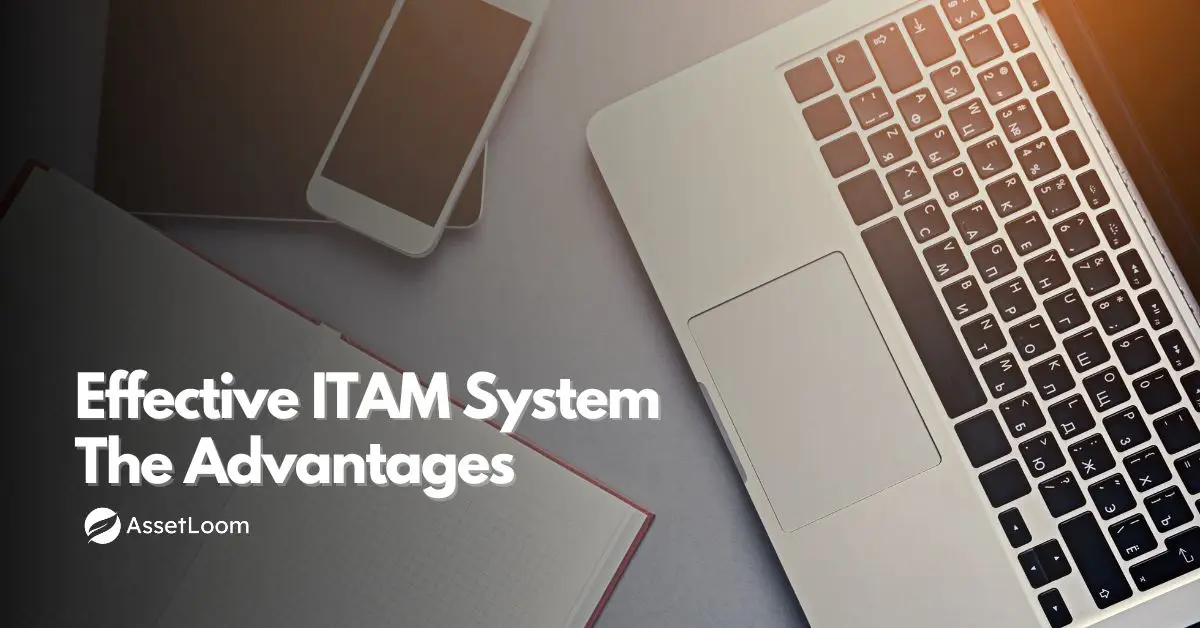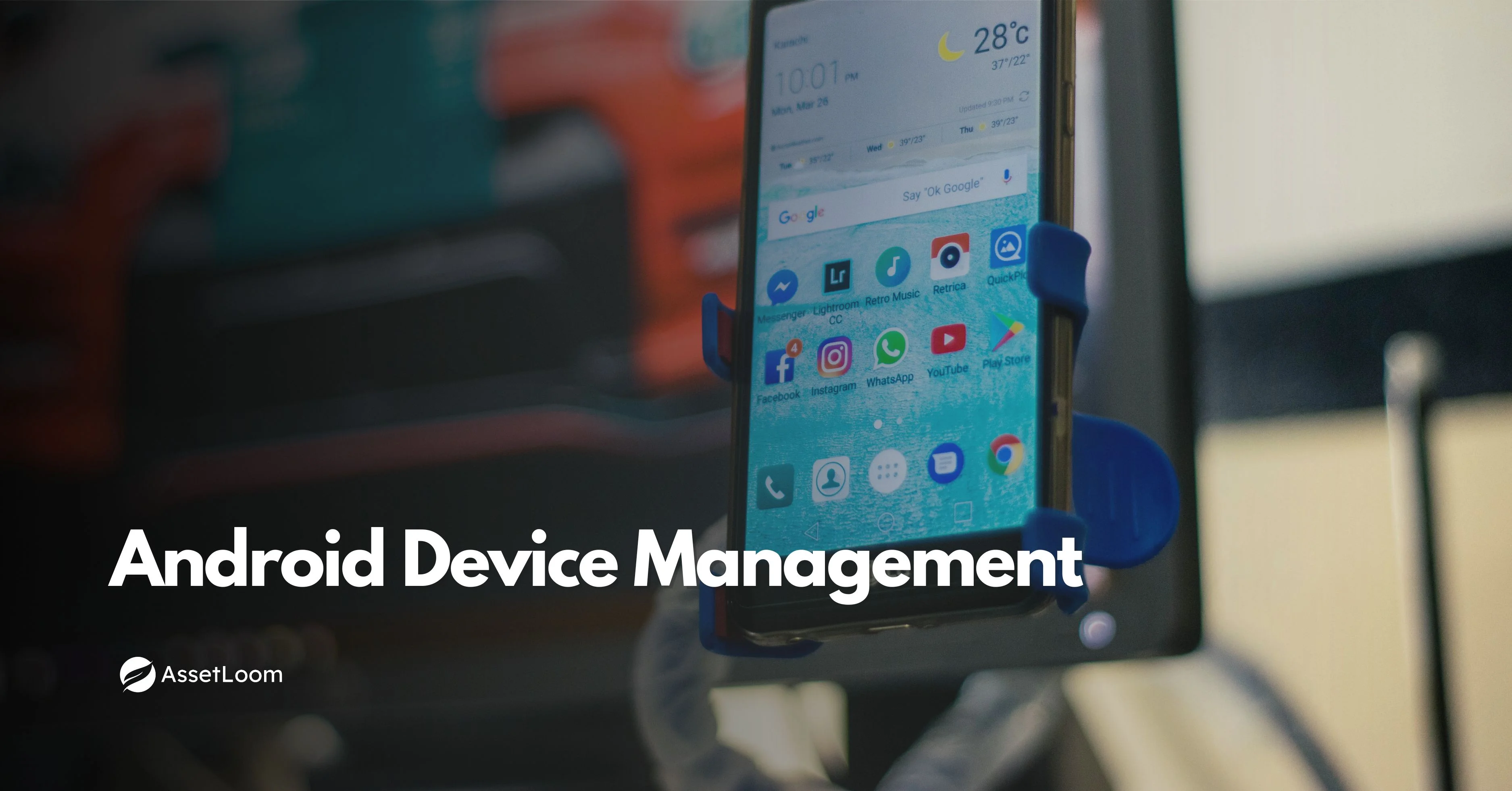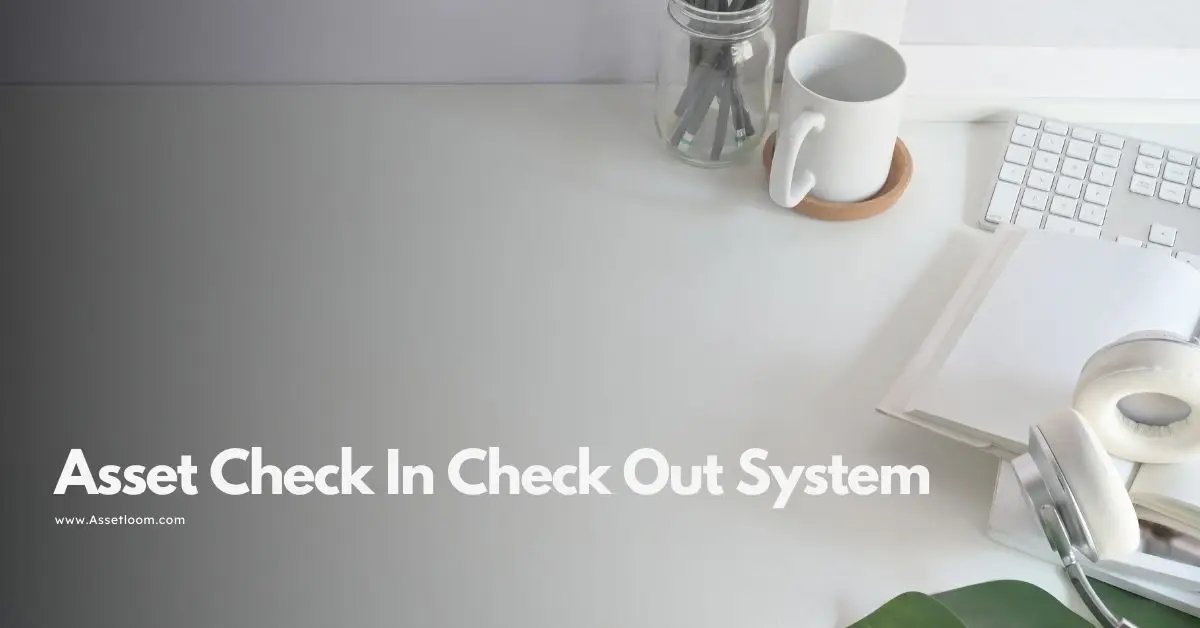What Is Custom IT Asset Management Hardware?
Learn what custom IT asset management hardware is, how it differs from off-the-shelf solutions, why choosing the right hardware matters.
Effective IT asset management is crucial for cost containment, data security, and continuity in today's tech-driven businesses. While most organizations are familiar with software-based IT asset management (ITAM) solutions, businesses with complex, large, or highly regulated environments are beginning to see the benefits of custom IT asset management hardware.
The definition, operation, advantages, and comparison of custom IT asset management hardware with off-the-shelf solutions are all covered in this article.
Understanding IT Asset Management
Understanding the fundamentals of IT asset management is crucial before pursuing custom hardware. The process of ensuring that an organization's IT assets - hardware and software - are tracked, deployed, maintained, upgraded, and disposed of in an economical and methodical way over the course of the asset lifecycle is known as ITAM.
IT assets typically include:
- Computers (desktops, laptops)
- Servers and data center equipment
- Networking devices (routers, switches, firewalls)
- Mobile devices (smartphones, tablets) Software licenses
- Peripherals (printers, scanners) Storage media
Asset management tools help organizations track these resources throughout their lifecycle, from procurement and deployment to decommissioning and disposal.
What Is Custom IT Asset Management Hardware?
Compared to conventional, off-the-shelf solutions, custom IT asset management hardware is specially made equipment that aids in tracking, monitoring, and managing IT assets more effectively. These systems make it simpler to keep track of everything by automatically identifying, authenticating, locating, and tracking assets in conjunction with IT asset management (ITAM) software.
Custom IT asset management hardware, as opposed to generic solutions, is made to fit the particular requirements of a given company. These could include IoT-based asset tags, barcode scanners, environmental sensors, customized RFID readers, or security modules, all of which are intended to enhance asset tracking and management.
Components of Custom IT Asset Management Hardware
A custom IT hardware asset management system may consist of a range of specialized components. These include:
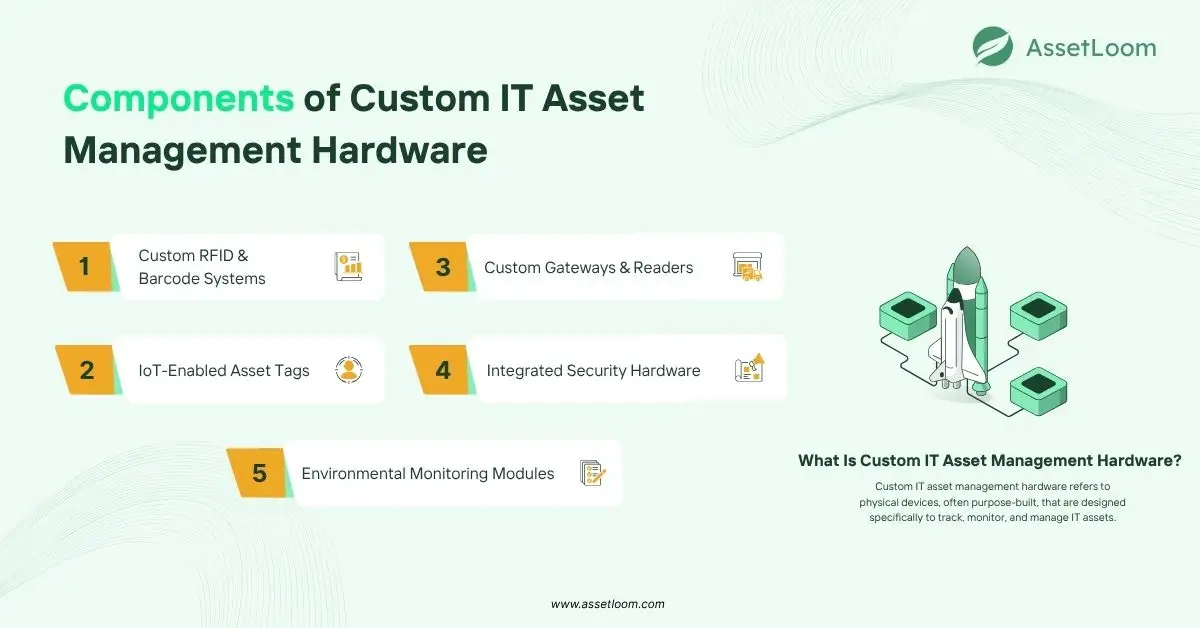
1. Custom RFID and Barcode Systems
These systems are used to uniquely identify and track assets. Customization allows for:
- Specific frequency ranges to avoid interference
- Extended range to accommodate large facilities
- Durable tags for harsh environments
- Integration with existing infrastructure
Read more: QR, Barcode, or RFID?
2. IoT-Enabled Asset Tags
IoT tags can transmit real-time data about an asset’s condition, location, or usage. Custom tags might include:
- GPS modules for mobile asset tracking
- Sensors for temperature, humidity, or shock detection
- Embedded microcontrollers for programmable actions
3. Custom Gateways and Readers
These devices collect data from asset tags or sensors and transmit it to a centralized ITAM platform. Custom features might include:
- Multi-protocol compatibility (e.g., Bluetooth, Zigbee, LoRaWAN)
- Edge processing for on-device analytics
- Ruggedized enclosures for industrial use
4. Integrated Security Hardware
To protect high-value or sensitive IT assets, some custom hardware setups include:
- Biometric or smart card access control
- Tamper-detection enclosures
- Real-time alerts and logging for unauthorized movement
5. Environmental Monitoring Modules
For data centers or critical environments, custom ITAM hardware may include:
- Rack-level temperature and humidity sensors
- Power consumption monitors
- Alert systems for hardware failures
Why Use Custom IT Asset Management Hardware?
For a number of reasons, including when off-the-shelf systems don't satisfy their specific operational, environmental, or scalability needs, organizations look for custom hardware solutions. The following are the primary advantages:
1. Precision and Accuracy
Custom hardware technology helps ensure asset tracking is fit for the physical layout, materials, and workflows of the facility, resulting in fewer errors due to tag misreads, signal loss, or coverage gaps.
2. Scalability
Custom solutions can be developed to manage high-density environments or geographically distributed locations while maintaining a level of performance and reliability.
3. Security Compliance
Highly regulated industries such as healthcare, defense, and finance create a demand for stringent access controls, audit trails, and assurance that assets are verified. Custom hardware can be developed to fulfill those requirements.
4. Integration with Existing Infrastructure
Much of the time, organizations have legacy systems that are not entirely easy to replace. Custom hardware can be created to interface with older software or data formats, so clients do not have to wholly replace a system.
5. Cost Optimization Over Time
While custom solutions may require a higher upfront cost, a custom solution will often provide a better overall ROI over time due to reduced asset loss, less downtime, and automation of manual tasks.
Custom IT Asset Management Hardware vs. Off-the-Shelf Solutions
While custom IT asset management hardware offers tailored functionality for specialized environments, it's not the only option. Many organizations rely on off-the-shelf hardware: standardized, ready-made systems designed to address common asset tracking needs.
These off-the-shelf solutions include:
- Barcode scanners and handheld readers
- Generic RFID tags and readers
- Bluetooth or Wi-Fi asset tracking beacons
- Environmental monitoring kits with predefined specs
These systems are often included in commercial ITAM platforms based on their ability to quickly deploy, tie with the vendor, and support commonly used software. They can assist organizations with a standardized IT infrastructure that has minimal customization, capacity, or requirements.
How do these general systems compare to custom-built hardware in terms of performance, scalability, and long-term ROI?
Here’s a comparison between custom and off-the-shelf solutions:
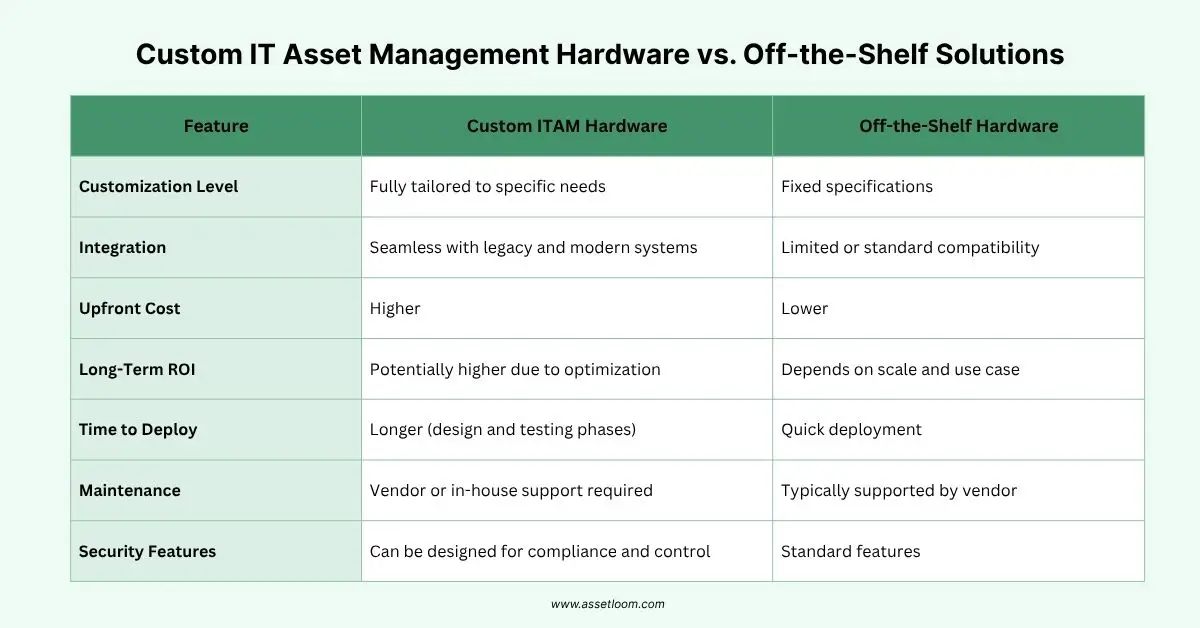
Choosing the Right Custom Hardware Solution
A thorough grasp of organizational needs, existing infrastructure requirements, and compliance specifications is necessary when selecting or creating custom IT asset management hardware. The following are the crucial steps:
- Assessment: Map your current asset workflows to find any areas where visibility and control are lacking.
- Requirements Definition: Indicate the modifications required to guarantee efficient asset tracking.
- Vendor Evaluation: Pick a collaborator with ITAM and hardware development experience.
- Pilot Testing: Conduct a limited release to validate performance and integration.
- Full-Scale Implementation: Upon successful testing, roll out to all relevant sites.
- Training and Support: Ensure that IT and operations staff are trained to use and maintain the hardware.
Read more: Free IT Hardware Asset Management Software vs. Paid: What You Gain—and What You Risk
Conclusion
In today's enterprise environment, customized IT asset management hardware is valuable for organizations where accuracy, expansion, and compliance are priorities. By designing physical asset tracking systems to the specific needs of an organization, businesses can create operational efficiencies, enhance their security posture, and deliver accountability of their IT environments.
While customized IT asset tracking systems are more costly and depend on more planning, often the pay-off from customized systems is realized in complicated or regulated enterprise applications, or where generic systems are insufficient. As technology continues to rapidly move forward, organizations that turn to customized IT asset management hardware will place themselves in a better position to manage their assets and enable digital transformation.
Frequently Asked Questions (FAQ)
1. Why should my organization consider custom IT asset management hardware?
If your organization has specific requirements that off-the-shelf solutions cannot address, or if your company operates in a complex, compliant environment. In these circumstances, you may want to consider custom IT asset management hardware to meet your asset tracking needs.
2. Can custom IT asset management hardware integrate with existing systems?
Yes. Custom IT asset management hardware is designed to integrate into your existing organization’s IT infrastructure, to provide seamless integration whilst avoiding disruption to existing organizational processes.
3. How does custom IT asset management hardware contribute to long-term cost savings?
Custom IT asset management hardware can save on asset loss, decrease manual processes, and improve operational efficiency, which will eventually result in lower costs, even though the initial cost may be higher than that of off-the-shelf solutions.

Subscribe for Expert Tips and Updates
Receive the latest news from AssetLoom. right in your inbox
